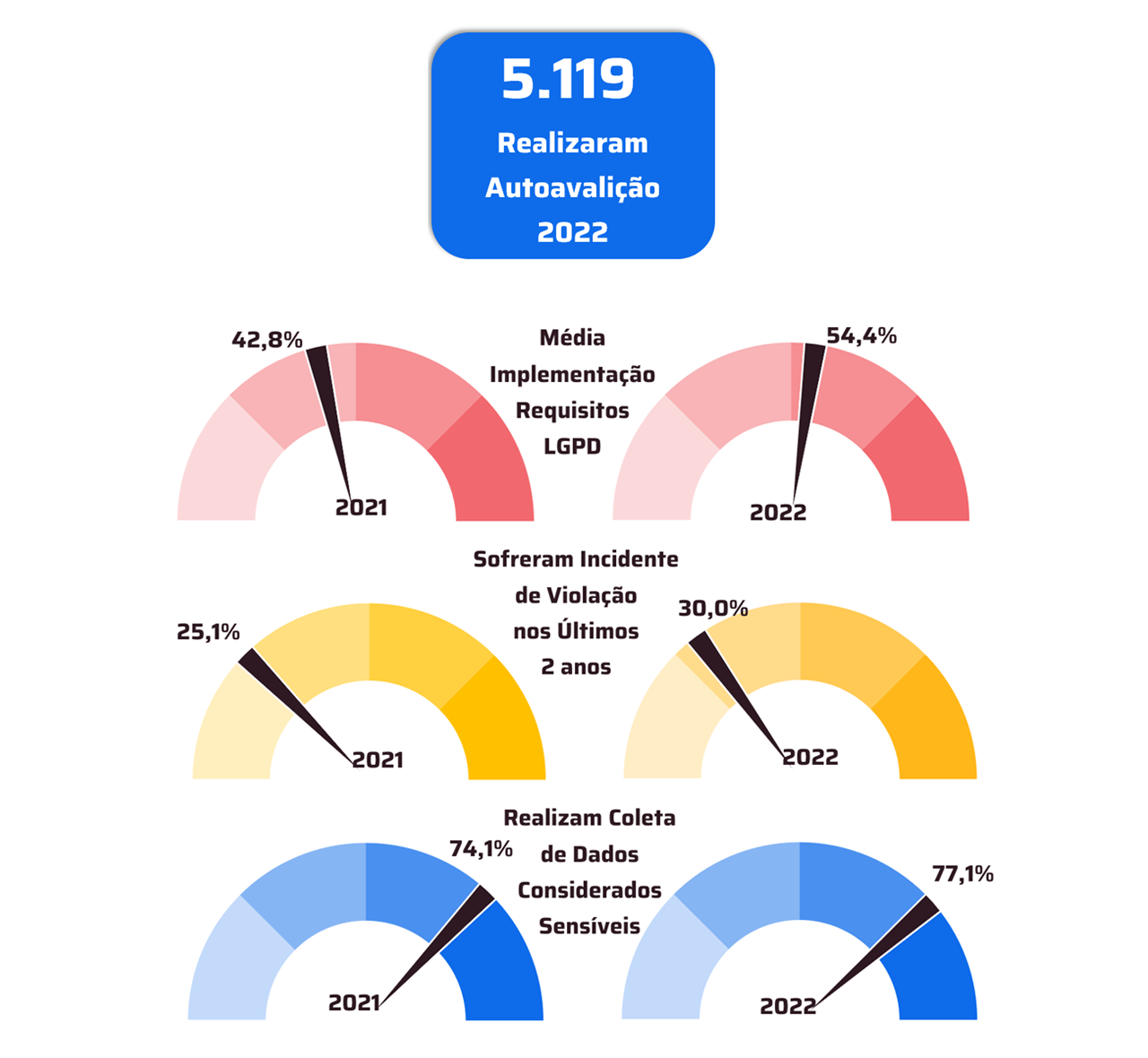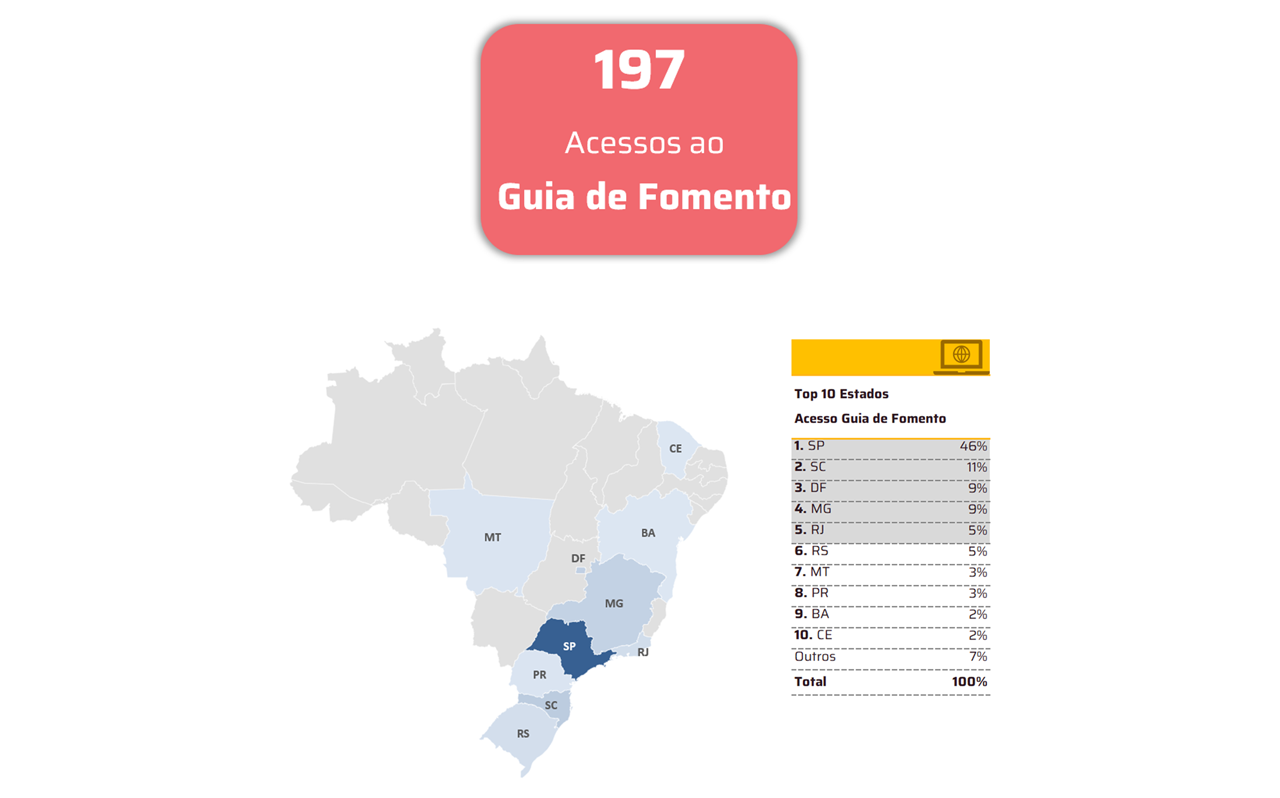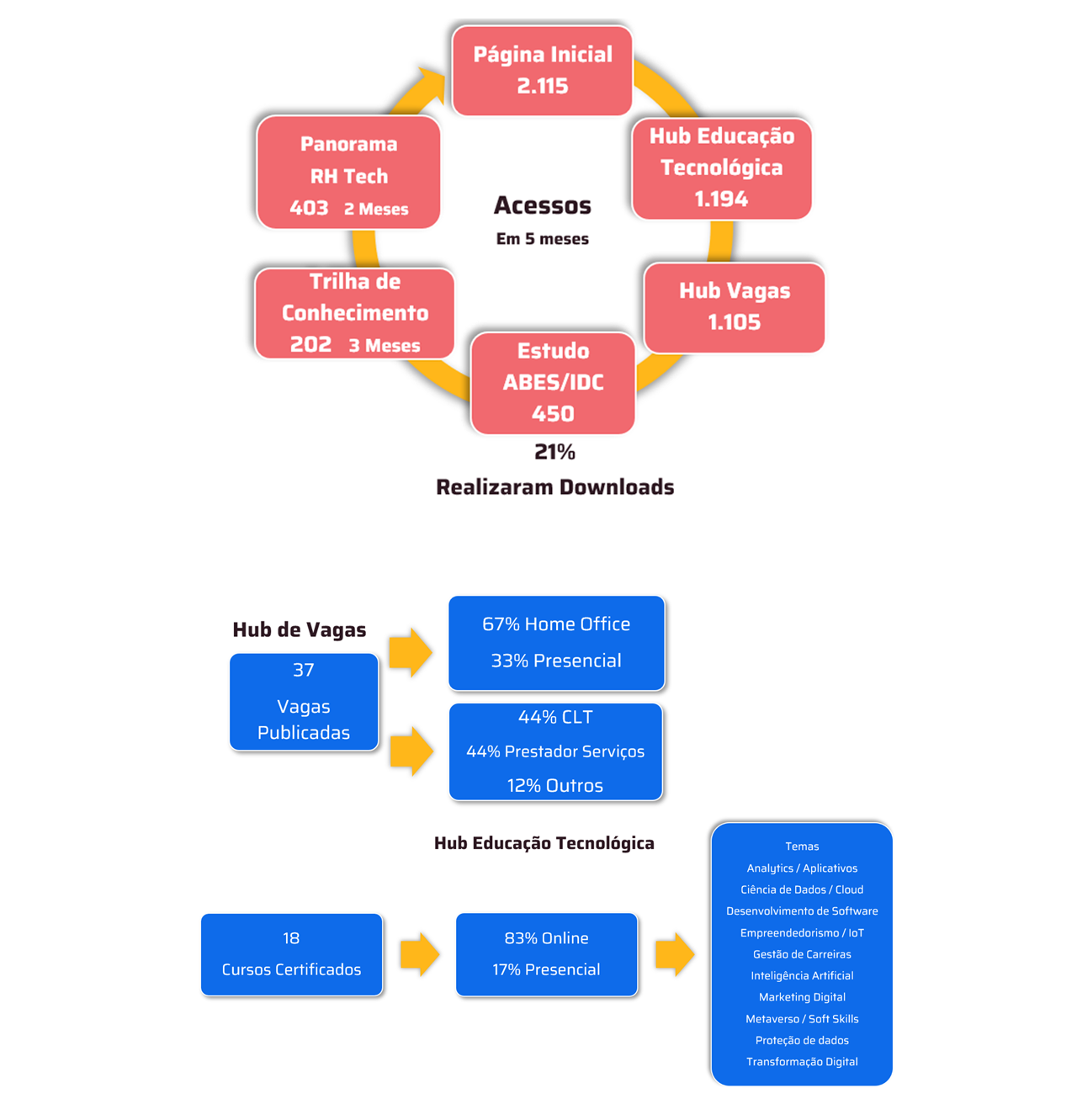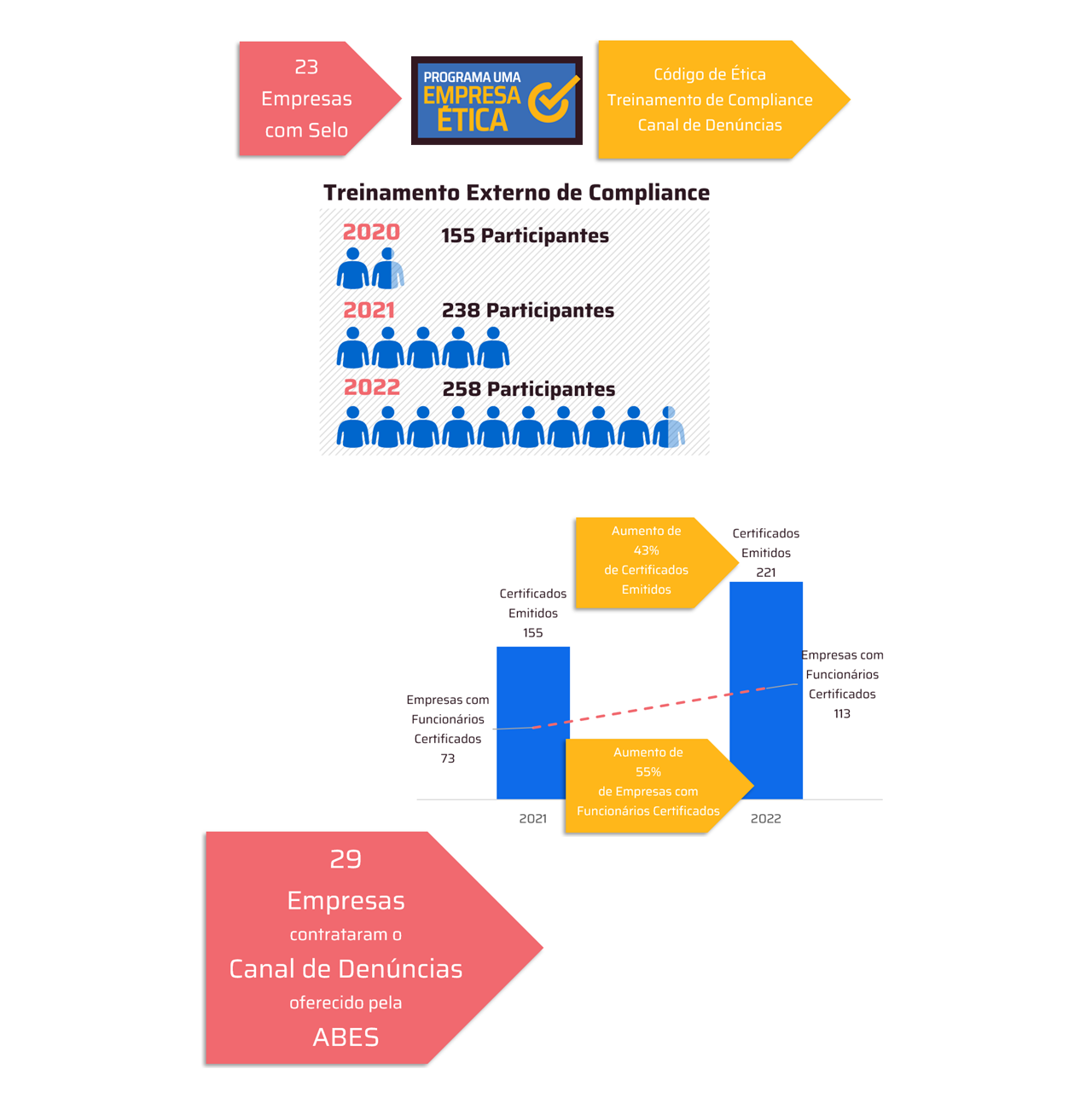 *By Felipe Massami Maruyama
*By Felipe Massami Maruyama
The adoption of open innovation as a strategy to address the challenges facing the Brazilian public sector has intensified over the last decade. Driven by the emergence of technological solutions—especially digital ones—and the growing inability of the State to respond alone to increasingly complex problems, open innovation has risen to the government agenda. However, despite the initial enthusiasm, it is time to take stock and reflect on what has actually been achieved, where we have failed, and what still needs to be done.
Since the 2010s, international literature has been highlighting the potential benefits of open innovation in the public sector, such as increased transparency, the inclusion of external stakeholders, and efficiency gains. We understand innovation applied in the public sector as an innovation process based on intentional knowledge flows managed across the organizational boundary, adopting a perspective of co-production of public services with the participation of stakeholders beyond the unit experiencing a problem, including intragovernmental actors—from other sectors or units—, intergovernmental actors, civil society, and/or the private sector.
In Brazil, this logic found fertile ground: resource scarcity, coupled with pressure to modernize services, led several public institutions to seek external solutions, particularly from startups. Startups are organizations that find themselves in a temporary situation typical of some early-stage companies and can be characterized by their innovative nature, whether in their business model or in their focus on technological research and development.
The proposal was simple and powerful: harness the dynamism and innovative capacity of these new ventures to solve public problems more quickly, efficiently, and effectively. To achieve this, ongoing experiments and user validation would be undertaken to find the most appropriate solutions to the public challenges presented.
Additionally, from an institutional perspective, two structural changes favored this movement. On the one hand, the growth and maturation of the ecosystem itself startups in different parts of Brazil. On the other hand, the strengthening of the legal and institutional framework for innovation in the public sector, with the consolidation of milestones such as Law No. 13,243/2016 (Legal Framework for Innovation), as well as the popularization of others, such as the Legal Framework for Startups (LC 182/2021), which offered greater legal certainty for partnerships between the State and entrepreneurs.
In this context, dozens of open innovation initiatives focused on connecting government and startups emerged—such as Mobilab, PitchGov, IdeiaGov, PitchES, Eita! CatalisaGov, and many others. Some thrived, adapted, and generated impact. Others, however, were discontinued without systematic evaluation, leaving a trail of dashed expectations and unsystematized lessons learned.
Which brings us to the central question: what explains the success, but especially the failure, of these programs? The answer is not trivial. There's still a lack of a deeper understanding of the attributions of success and failure made by those who conceived, led, or participated in these initiatives. Often, open innovation in the public sector is limited to the ideation phase, lacking a clear strategy for validation, development, and especially for contracting or scaling solutions. In other cases, there's a lack of institutional continuity, adequate budgeting, or alignment among the stakeholders involved.
Focusing solely on attracting startups, without addressing governance, coordination with other stakeholders, employee engagement, and the effective incorporation of solutions, whether through public procurement or other mechanisms such as co-development agreements, is wasting the transformative potential of this approach.
It's important to recognize that open innovation isn't, in and of itself, a solution. It's a means and an intentional strategy that must go beyond the urgent search for a pre-existing, already known solution. As such, it requires institutional design, investment, monitoring, and, above all, structuring processes and competencies in the field. After a decade of experience, successes, and failures, it's urgent to systematize this learning to avoid the risk of the "innovation fad" fading without leaving a legacy.
For all these reasons, open innovation with startups in the Brazilian public sector needs to move beyond mere promises and demonstrate concrete results and the impact it can generate (or has generated). To this end, I propose three concrete approaches:
- Systematize the experiences of the last decade, identifying critical factors of success and failure from the perspective of the different actors involved, from the purchasing, legal, and technology areas, but also the companies themselves. startups;
- Ensure the effective application of what already exists in our institutional and legal framework to consolidate the different instruments and mechanisms already provided for, but which have not been implemented or applied;
- Standardize as much as possible (minutes, contracts, work plans, etc.), aiming to mitigate the perception of risk by public managers, such as a predominant uncertainty for external agents, and in this case, for the startups.
- Invest in state capacity for innovation, with ongoing training of civil servants, since, in the end, a contract will be generated that must be managed and monitored;
Only then can we transform open innovation from one-off experiments into a consolidated strategy that can be adopted by different public institutions to solve increasingly complex public problems.
*Felipe Massami Maruyama, researcher at the ABES Think Tank
Notice: The opinion presented in this article is the responsibility of its author and not of ABES - Brazilian Association of Software Companies
Article originally published on the Connected Smart Cities website: https://portal.connectedsmartcities.com.br/2025/07/23/inovacao-aberta-no-setor-publico-com-startups-entre-promessas-e-aprendizados-de-uma-decada/













